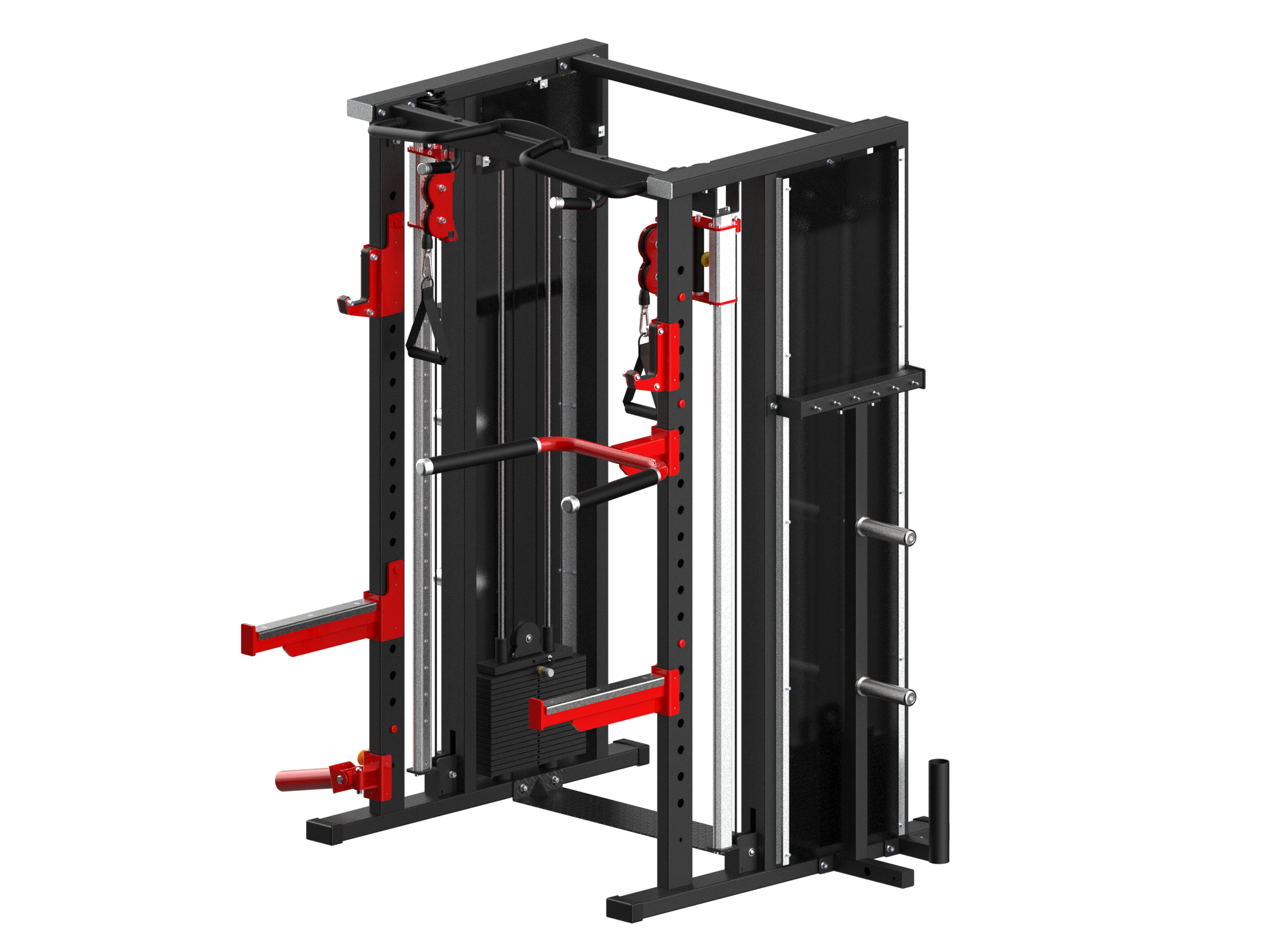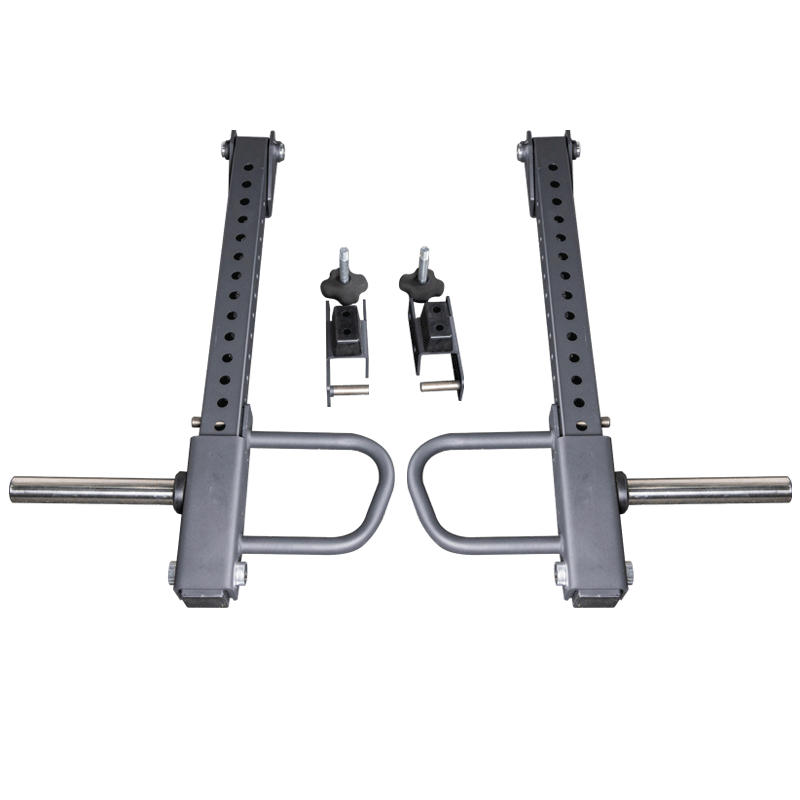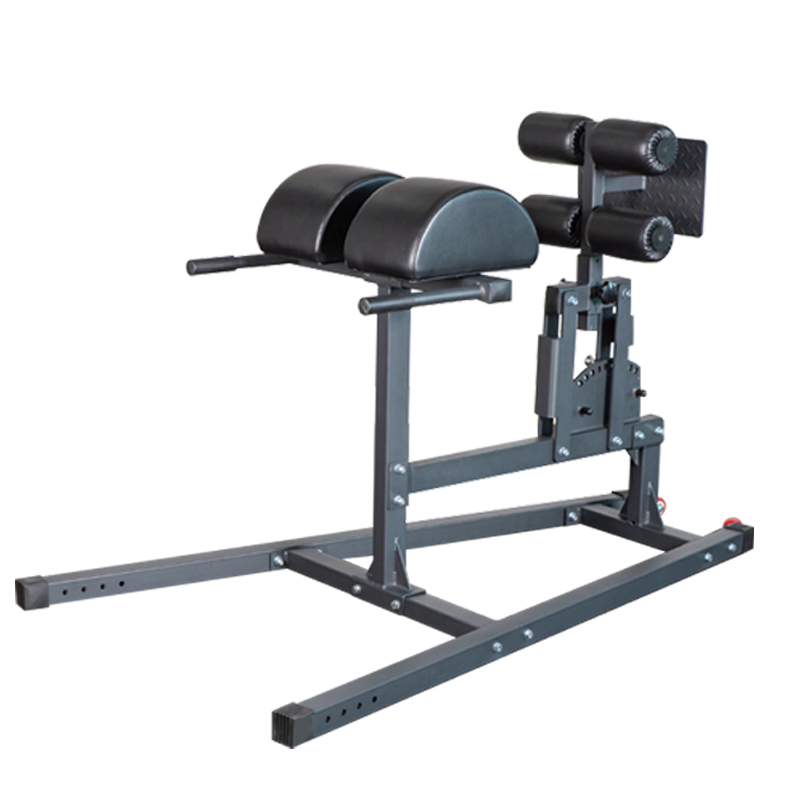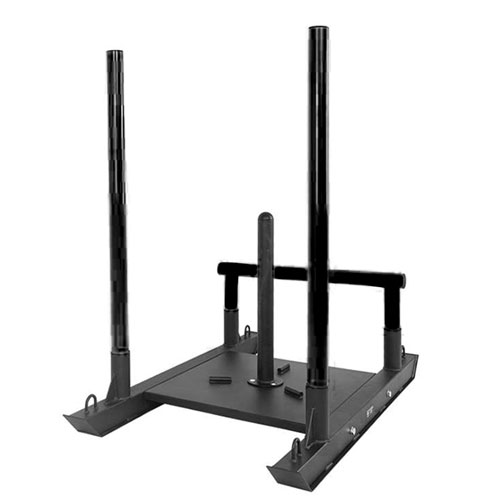Optimizing Production for Custom Fitness Gear
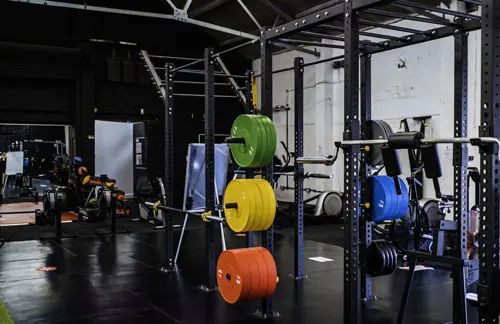
Accelerating Success for Fitness Equipment Dealers and Agents
As a dealer, agent, or gym owner in the fitness industry, you know that tailored fitness equipment—such as branded barbells, custom racks, or specialized plates—can differentiate your business and attract premium clients. However, lengthy production cycles and delayed deliveries can frustrate your customers, erode trust, and undermine your market competitiveness. For outer trade fitness equipment manufacturers, optimizing the production cycle is critical to meeting the needs of dealers and agents in 2025, a year marked by soaring global demand and supply chain pressures. Based on over 20 years of experience in the fitness equipment manufacturing sector, this guide offers five proven strategies to streamline manufacturing and logistics, shorten delivery times, enhance client satisfaction, and strengthen your business’s position in a competitive market.
Let’s explore these expert tactics, grounded in industry data and real-world insights, to help you deliver faster, more reliable custom gear to your clients.
Strategy 1: Implement Lean Manufacturing to Minimize Waste
Tailored fitness equipment often involves unique specifications—logos, custom colors, or specific dimensions—which can extend production timelines. Drawing on decades of experience, I recommend adopting lean manufacturing techniques to reduce waste and accelerate processes. Use modular designs for barbells and racks, cutting setup times by 20-30%, as seen in our industry benchmark studies. Implement just-in-time (JIT) inventory for materials like rubber coatings or high-grade steel, minimizing stockpiles and avoiding delays. According to a 2024 fitness equipment production report, this approach reduced lead times by an average of 15% for manufacturers, enabling dealers and agents to fulfill orders 2-4 weeks faster, boosting client trust and market responsiveness.
Explore durable, custom designs in this resource:
Strategy 2: Enhance International Logistics with Smart Tracking
International shipping from manufacturing hubs like China can add 4-6 weeks to delivery times, but advanced logistics can trim that significantly. Partner with logistics providers offering GPS tracking and predictive analytics to monitor shipments in real time, identifying potential delays early. Use consolidated shipping for bulk orders—say, 50 custom racks or 1,000 plates—to reduce costs and delays by 10-15%. A 2025 industry survey showed that fitness equipment dealers using these methods reduced logistics delays by 20%, enabling faster turnarounds for agents and gym owners. This approach not only meets client expectations but also strengthens your market position by ensuring timely deliveries.
Learn about optimizing supply chains here:
Strategy 3: Offer Pre-Approved Customization Templates
Custom designs often require extended back-and-forth, adding weeks to production. To counter this, offer pre-approved templates for popular customizations—logos, colors, grip styles—allowing clients to choose from a library, slashing design time by 30%. Based on my 20 years in the industry, I’ve seen manufacturers develop catalogs of 50+ customizable options for barbells, plates, and racks, enabling dealers and agents to finalize orders in days, not weeks. This approach, validated by a 2023 fitness equipment study, reduces lead times by 25%, improving client satisfaction and market competitiveness for commercial clients.
Discover customization benefits here:
Strategy 4: Establish Regional Warehousing Networks
Long-distance shipping can bottleneck delivery, but regional warehousing near key markets (e.g., U.S., India, UK) accelerates the process. Stock pre-customized gear—such as 100 branded plates or 10 racks—in local hubs, reducing final delivery time to 1-3 days instead of 4-6 weeks. Industry data from 2024 shows that fitness equipment wholesalers using this strategy cut delivery delays by 50%, enhancing satisfaction for dealers, agents, and gym owners. This not only speeds up service but also builds stronger partnerships, giving your business a competitive edge in 2025’s global market.
Explore bulk ordering solutions here:
Strategy 5: Adopt AI-Driven Demand Forecasting
Production delays often arise from misaligned demand and supply. Leverage AI-driven demand forecasting to predict order volumes for tailored fitness equipment, analyzing historical sales, market trends, and client inquiries. Tools costing $1,000-$2,000 can predict demand within 5% accuracy, as demonstrated in a 2025 industry report, allowing manufacturers to adjust production schedules and avoid overstock or shortages. For dealers and agents, this means faster, on-time deliveries, higher client satisfaction, and a stronger market position. With over two decades in the field, I’ve seen this approach reduce lead times by 10-15%, ensuring agility in a dynamic market.
Stay ahead with 2025 trends here:
Delivering Faster, Building Trust
For dealers, agents, and gym owners, optimizing the production cycle for tailored fitness equipment isn’t just about speed—it’s about building trust, boosting satisfaction, and winning markets. By implementing lean manufacturing, enhancing logistics, offering pre-approved designs, establishing regional warehousing, and adopting AI forecasting, you can reduce delivery times by 20-50%, delight your clients, and strengthen your competitive position. Drawing on decades of industry expertise, these strategies—supported by data and trends—ensure your business thrives in 2025 and beyond, delivering high-quality, custom gear that meets global demand efficiently.
Ready to Optimize Your Tailored Fitness Equipment Production?
Faster production and delivery of tailored gear can enhance your business’s efficiency and client satisfaction.
Discover how a leading fitness equipment manufacturer can streamline your tailored fitness equipment production and logistics. Reach out today for a free consultation!
FAQ About Optimizing the Production Cycle for Tailored Fitness Equipment
How long does tailored fitness equipment typically take to produce?
6-12 weeks, but lean production and AI forecasting can reduce this to 4-8 weeks, depending on complexity and volume.
Can logistics delays be avoided for international shipments?
Yes, with smart tracking, consolidated shipping, and regional warehousing, you can cut delays by 10-20% or more.
What’s the minimum order for tailored equipment?
Typically 10-20 pieces, but discuss with your supplier—smaller batches may increase costs or lead times slightly.
How does pre-approved customization help?
It reduces design time by 30%, speeding up production and ensuring faster delivery for dealers and agents.
Will optimizing production increase costs?
Minimal upfront costs (e.g., $1,000 for analytics tools), but savings in time and client satisfaction often offset this, boosting ROI significantly.

